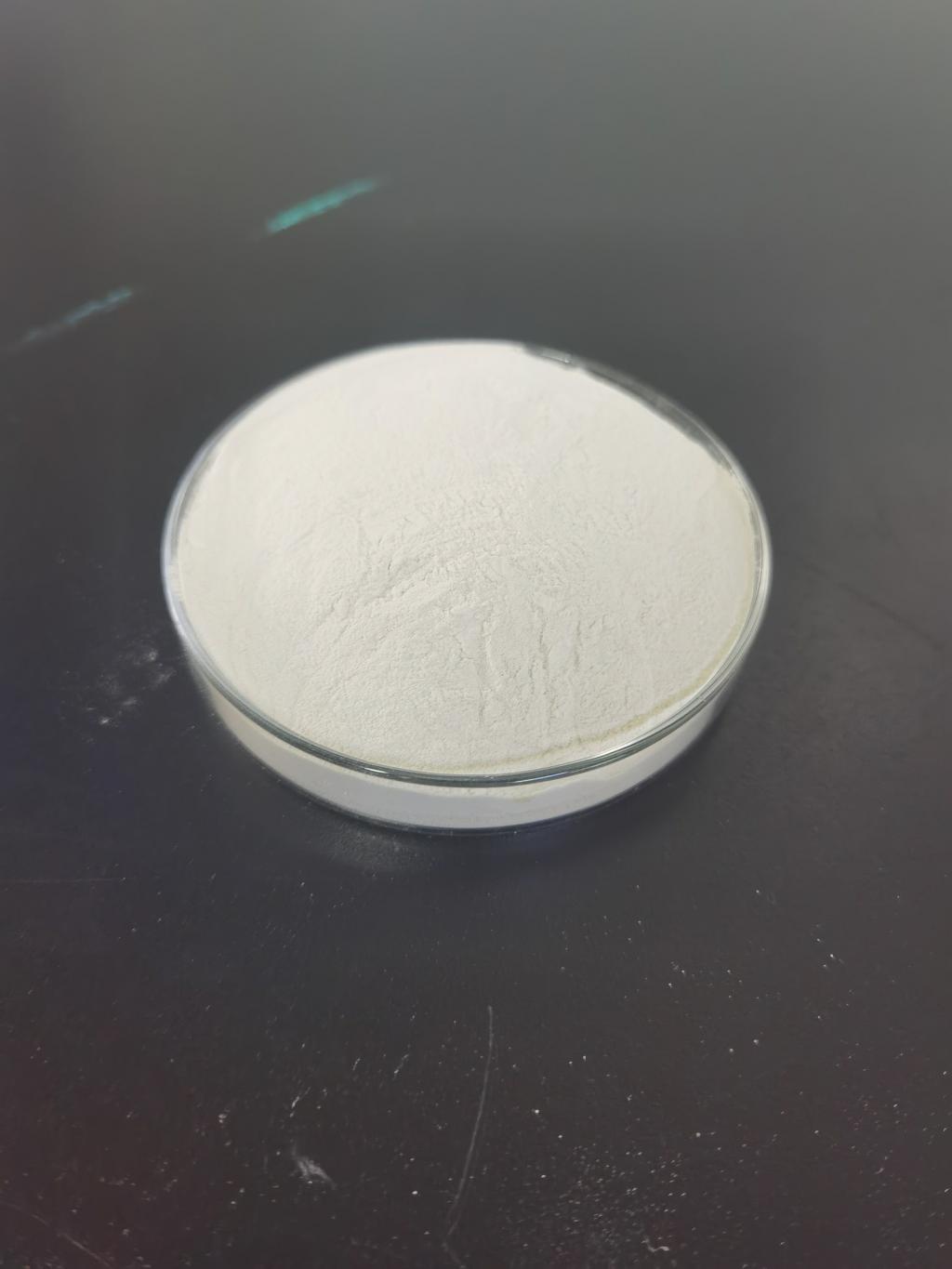Tel:+8618231198596

News
 CONTACT
CONTACT
 CONTACT
CONTACT
- Linkman:Linda Yao
- Tel: +8618231198596
- Email:linda.yao@dcpharma.cn
- Linkman:CHARLES.WANG
- Department:Overseas
- Tel: 0086 0311-85537378 0086 0311-85539701
News
Current Position:
Home >
News
>Nisin's role in reducing the dependence on synthetic preservatives in food.
Nisin's role in reducing the dependence on synthetic preservatives in food.
TIME:2024-04-18
Nisin, a naturally occurring antimicrobial peptide, offers several advantages as a food preservative. It is derived from the fermentation of certain strains of the bacterium Lactococcus lactis and has been used for decades in various food applications. Its efficacy against a broad spectrum of bacteria, including some foodborne pathogens, makes it an attractive option for enhancing food safety. Moreover, its natural origin aligns with the clean label trend, appealing to consumers seeking minimally processed foods.
Properties of Nisin:
Nisin is a heat-stable peptide composed of 34 amino acid residues, characterized by its cationic and amphiphilic nature. These properties allow nisin to interact with bacterial cell membranes, disrupting their integrity and leading to cell death. Additionally, nisin exhibits low toxicity to humans and animals, further enhancing its suitability as a food preservative.
Mechanisms of Action:
The antimicrobial activity of nisin primarily involves its interaction with the bacterial cell membrane. Upon contact with the membrane, nisin binds to lipid II, a precursor molecule involved in cell wall biosynthesis. This binding disrupts cell wall formation and permeabilizes the membrane, leading to leakage of cellular contents and eventual cell death. Furthermore, nisin may also disrupt membrane potential and inhibit essential cellular processes, contributing to its bactericidal effects.
Safety of Nisin:
Extensive studies have demonstrated the safety of nisin for use in food products. The World Health Organization (WHO) and other regulatory agencies have evaluated nisin and concluded that it poses minimal risk to human health when used within established limits. Nisin has a long history of consumption, with no reported adverse effects at typical usage levels. However, like any food ingredient, its safety depends on factors such as purity, dosage, and specific application.
Regulatory Status:
Nisin is approved for use as a food preservative in many countries, including the United States, European Union, and Japan. Regulatory authorities set maximum permitted levels of nisin in various food categories to ensure its safe use. Additionally, food manufacturers are required to adhere to labeling regulations, accurately declaring the presence of nisin in their products. Compliance with these regulations helps maintain consumer confidence and ensures the safety of food products.
Applications of Nisin:
Nisin finds widespread applications in the food industry, ranging from dairy products to meat, seafood, and processed foods. In dairy products, such as cheese and yogurt, nisin inhibits the growth of spoilage bacteria and extends shelf life. Similarly, in meat and seafood products, nisin helps prevent bacterial contamination and enhances product safety. Processed foods, including canned goods and ready-to-eat meals, also benefit from nisin's preservative properties, allowing for longer shelf life without compromising quality.
Challenges and Future Prospects:
Despite its advantages, the widespread adoption of nisin faces several challenges. One significant challenge is the limited awareness and acceptance of natural preservatives among consumers and food manufacturers. Educating consumers about the safety and efficacy of nisin, along with promoting its benefits, could help overcome this hurdle. Additionally, research into optimizing production methods and exploring synergistic effects with other natural preservatives may further enhance the efficacy of nisin in food applications.
Conclusion:
Nisin represents a natural alternative to synthetic preservatives in the food industry, offering effective antimicrobial properties with minimal impact on product quality and safety. Its broad spectrum of activity, safety profile, and regulatory approval make it a valuable tool for food preservation. As consumer preferences continue to shift towards clean label products, the demand for natural preservatives like nisin is expected to rise. By addressing challenges and capitalizing on emerging opportunities, nisin has the potential to play a significant role in reducing the dependence on synthetic preservatives and promoting the production of safer, more sustainable food products.
- Tel:+8618231198596
- Whatsapp:18231198596
- Chat With Skype







